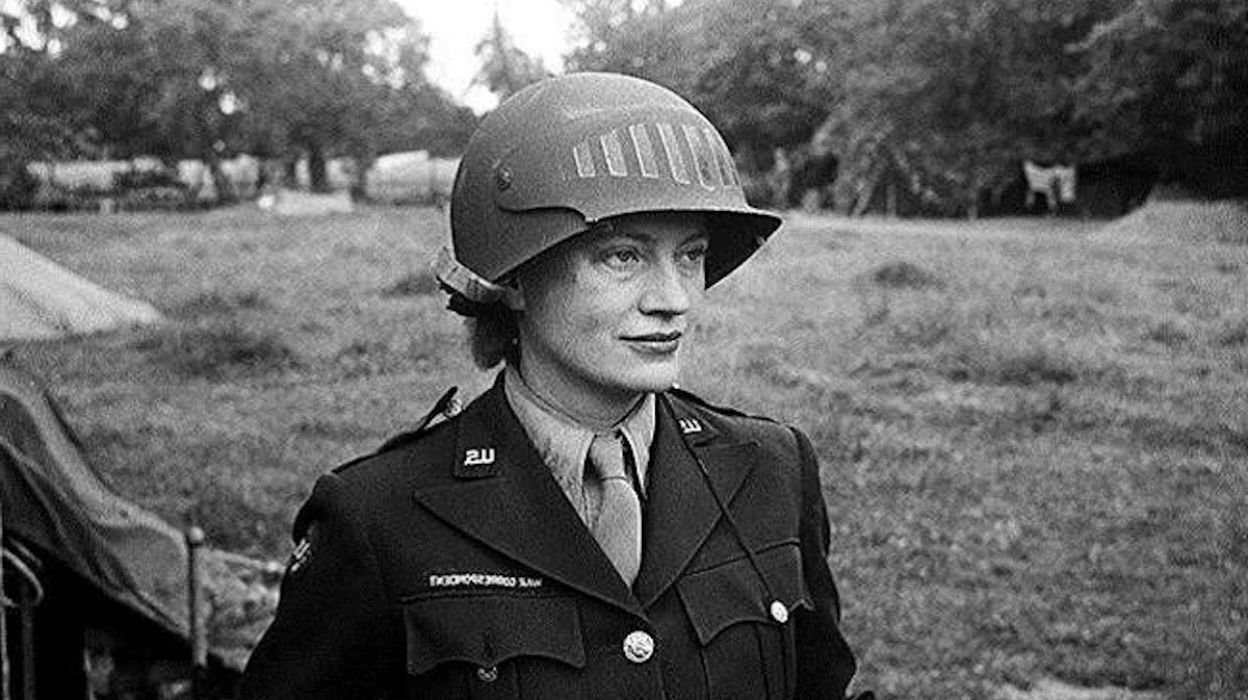
Who was John C. Woods? Known for his role as the executioner during the Nuremberg Trials, John C. Woods was an American master sergeant in the U.S. Army. He carried out the hangings of several high-ranking Nazi officials convicted of war crimes after World War II. Woods' methods and the outcomes of these executions have sparked much debate and controversy over the years. Despite his grim task, he remained a somewhat enigmatic figure, with little known about his life before or after the trials. This post delves into 38 intriguing facts about John C. Woods, shedding light on the man behind one of history's most infamous roles.
Key Takeaways:
- John C. Woods, a controversial figure in history, executed prominent Nazi war criminals during World War II. His life raises questions about duty and morality in wartime.
- Despite his brash demeanor and controversial methods, John C. Woods' life challenges us to consider the complexities of human nature and the moral dilemmas faced during wartime.
Early Life and Background
John C. Woods, an American soldier, played a significant role during World War II. His life, filled with intriguing events, offers a glimpse into a unique historical figure.
- Born on June 5, 1911, in Wichita, Kansas, Woods grew up in a modest family.
- He dropped out of high school in the 10th grade, seeking adventure and purpose.
- Before joining the military, Woods worked various jobs, including as a laborer and a farmhand.
- In 1929, he enlisted in the U.S. Navy but was discharged after a few months for being "unsuitable for service."
Military Career
Woods' military career took a dramatic turn when he joined the U.S. Army. His role during and after World War II remains a subject of fascination.
- In 1943, Woods enlisted in the U.S. Army, where he found his niche as a hangman.
- He claimed to have executed 347 men during his career, although this number is disputed.
- Woods served in the 37th Engineer Combat Battalion, part of the 5th Engineer Special Brigade.
- He was stationed in Europe during World War II, participating in the D-Day landings.
Role in the Nuremberg Trials
Woods' most notable contribution came during the Nuremberg Trials, where he served as the chief executioner.
- He executed 10 prominent Nazi war criminals on October 16, 1946.
- Woods used the standard drop method, which sometimes resulted in prolonged deaths.
- His execution technique was criticized for being unprofessional and causing unnecessary suffering.
- Despite criticism, Woods remained unapologetic about his methods and role.
Personal Life
Beyond his military duties, Woods had a personal life that shaped his character and actions.
- Woods married twice, first to Hazel Chilcott and later to Norma Lee.
- He had two children, a son and a daughter, from his first marriage.
- Known for his brash and confident demeanor, Woods often boasted about his work.
- He enjoyed fishing and hunting in his spare time, finding solace in nature.
Death and Legacy
Woods' life ended abruptly, but his legacy continues to spark interest and debate.
- On July 21, 1950, Woods died in a construction accident in Eniwetok Atoll, Marshall Islands.
- He was buried in the Fort Leavenworth National Cemetery in Kansas.
- Woods' death certificate listed the cause as accidental electrocution.
- His role as an executioner remains controversial, with some viewing him as a necessary figure and others as a symbol of brutality.
Interesting Tidbits
Several lesser-known facts about Woods add depth to his already complex persona.
- Woods often wore a cowboy hat, even while performing executions.
- He was known to carry a photograph of his family in his pocket during his military service.
- Despite his grim profession, Woods had a reputation for being jovial and friendly.
- He once stated that he enjoyed his work and felt no remorse for those he executed.
Controversies and Criticisms
Woods' career and actions were not without controversy, drawing criticism from various quarters.
- Some historians argue that Woods' execution methods were unnecessarily cruel.
- His claim of executing 347 men is widely disputed and considered exaggerated.
- Woods faced several disciplinary actions during his military service for insubordination.
- His lack of formal training as an executioner raised questions about his competence.
Pop Culture and Media
Woods' life and career have been depicted in various forms of media, reflecting his enduring intrigue.
- He was portrayed in the 2001 TV movie "Nuremberg" by actor Christopher Heyerdahl.
- Woods' story has been featured in numerous documentaries about the Nuremberg Trials.
- His life inspired several books and articles exploring the psychology of executioners.
- Woods' infamous cowboy hat became a symbol of his unique persona.
Psychological Profile
Understanding Woods' psychological makeup provides insight into his actions and motivations.
- Some experts suggest Woods exhibited traits of psychopathy, including lack of empathy and remorse.
- His confidence and bravado may have masked deeper insecurities and trauma.
- Woods' fascination with death and execution could indicate a morbid curiosity.
- Despite his controversial role, Woods maintained a sense of duty and patriotism.
Final Thoughts
Woods' life, filled with contradictions and complexities, continues to captivate historians and the public alike.
- His role in history serves as a reminder of the moral ambiguities faced during wartime.
- Woods' story challenges us to consider the human capacity for both duty and cruelty.
The Legacy of John C. Woods
John C. Woods, the American executioner during World War II, remains a figure shrouded in mystery and intrigue. Known for his role in the Nuremberg executions, Woods' life and career were marked by controversy and speculation. His methods and demeanor left a lasting impression on those who witnessed his work. Despite the grim nature of his profession, Woods seemed to embrace his role with a sense of duty, if not enthusiasm. His legacy is a complex one, blending elements of history, psychology, and the darker aspects of human nature. Woods' story serves as a reminder of the complexities of justice and the individuals who carry out its most severe sentences. While his name may not be widely known, his impact on history, particularly during a pivotal moment in the 20th century, is undeniable.
Frequently Asked Questions
Was this page helpful?
Our commitment to delivering trustworthy and engaging content is at the heart of what we do. Each fact on our site is contributed by real users like you, bringing a wealth of diverse insights and information. To ensure the highest standards of accuracy and reliability, our dedicated editors meticulously review each submission. This process guarantees that the facts we share are not only fascinating but also credible. Trust in our commitment to quality and authenticity as you explore and learn with us.


